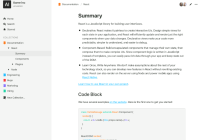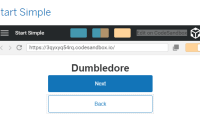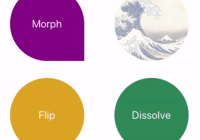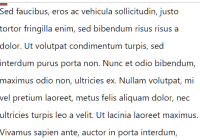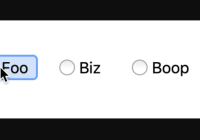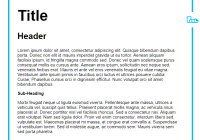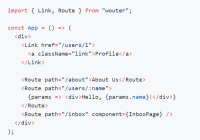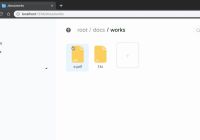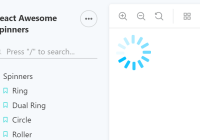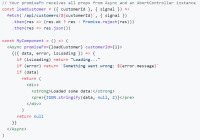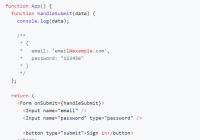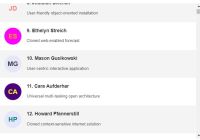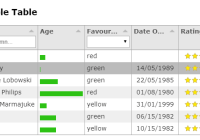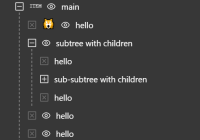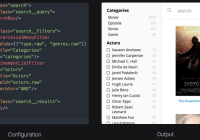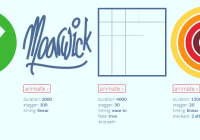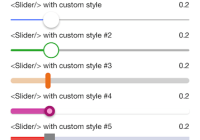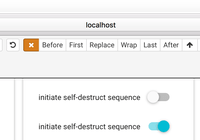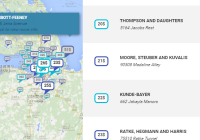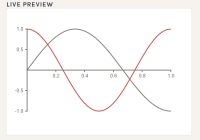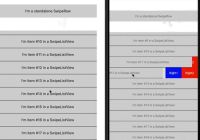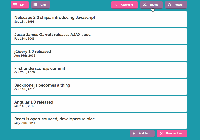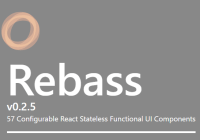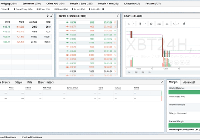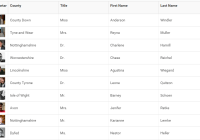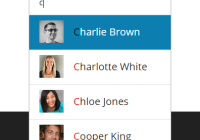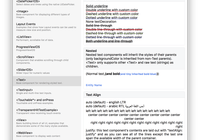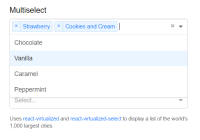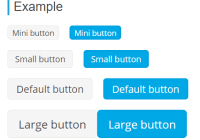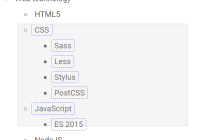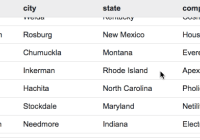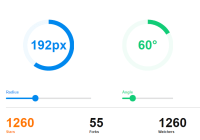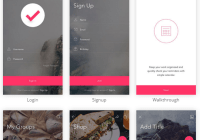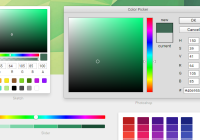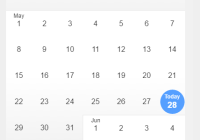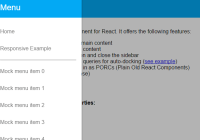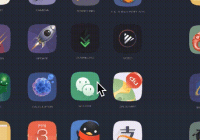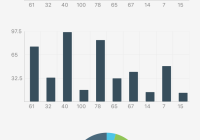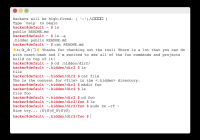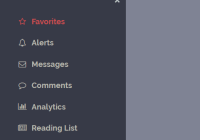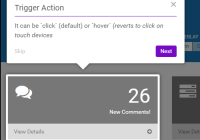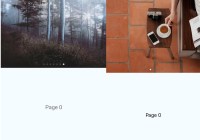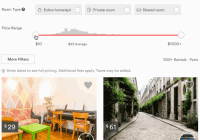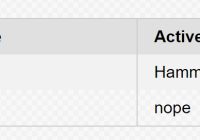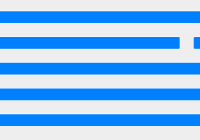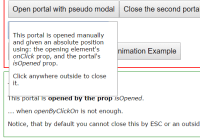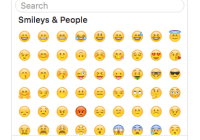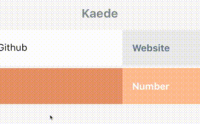rich-markdown-editor
A React and Slate based editor that powers the Outline wiki and can also be used for displaying content in a read-only fashion. The editor is WYSIWYG and includes many formatting tools whilst retaining the ability to write markdown shortcuts inline and output Markdown.
Note: This project is not attempting to be an all-purpose Markdown editor. It renders and outputs a subset of the Markdown schema, as well as supporting markdown-like syntax as shortcuts for rich text editing.
Usage
import Editor from "rich-markdown-editor"; <Editor defaultValue="Hello world!" />See a working example in the example directory.
Props
id
A unique id for this editor, used to persist settings such as collapsed headings. If no id is passed then the editor will default to using the location pathname.
defaultValue
A markdown string that represents the initial value of the editor. Use this to prop to restore previously saved content for the user to continue editing.
placeholder
Allows overriding of the placeholder text displayed in the main body content. The default is "Write something nice…".
readOnly
With readOnly set to false the editor is optimized for composition. When true the editor can be used to display previously written content – headings gain anchors, a table of contents displays and links become clickable.
autoFocus
When set true together with readOnly set to false, focus at the document automatically.
spellCheck
Set to false to prevent spellchecking – defaults to true.
toc
With toc set to true the editor will display a table of contents for headings in the document. This is particularly useful for larger documents and allows quick jumping to key sections.
plugins
Allows additional Slate plugins to be passed to the underlying Slate editor.
schema
Allows additional Slate schema to be passed to the underlying Slate editor.
theme
Allows overriding the inbuilt theme to brand the editor, for example use your own font face and brand colors to have the editor fit within your application. See the inbuilt theme for an example of the keys that should be provided.
dark
With dark set to true the editor will use a default dark theme that's included. See the source here.
tooltip
A React component that will be wrapped around items that have an optional tooltip. You can use this to inject your own tooltip library into the editor – the component will be passed the following props:
tooltip: A React node with the tooltip contentplacement: Enumtop,bottom,left,rightchildren: The component that the tooltip wraps, must be rendered
Callbacks
uploadImage
If you want the editor to support images then this callback must be provided. The callback should accept a single File object and return a promise the resolves to a url when the image has been uploaded to a storage location, for example S3. eg:
<Editor uploadImage={async file => { const result = await s3.upload(file); return result.url; }} />onSave({ done: boolean })
This callback is triggered when the user explicitly requests to save using a keyboard shortcut, Cmd+S or Cmd+Enter. You can use this as a signal to save the document to a remote server.
onCancel
This callback is triggered when the Cmd+Escape is hit within the editor. You may use it to cancel editing.
onChange(() => value)
This callback is triggered when the contents of the editor changes, usually due to user input such as a keystroke or using formatting options. You may use this to locally persist the editors state, see the inbuilt example.
As of v4.0.0 this callback returns a function which when called returns the current text value of the document. This optimization is made to avoid serializing the state of the document to text on every change event, allowing the host app to choose when it needs this value.
onImageUploadStart
This callback is triggered before uploadImage and can be used to show some UI that indicates an upload is in progress.
onImageUploadStop
Triggered once an image upload has succeeded or failed.
onSearchLink(term: string)
The editor provides an ability to search for links to insert from the formatting toolbar. If this callback is provided it should accept a search term as the only parameter and return a promise that resolves to an array of SearchResult objects. eg:
onShowToast(message: string)
Triggered when the editor wishes to show a toast message to the user. Hook into your apps notification system, or simplisticly use window.alert(message).
<Editor onSearchLink={async searchTerm => { const results = await MyAPI.search(searchTerm); return results.map(result => { title: result.name, url: result.url }) }} />onClickLink(href: string)
This callback allows overriding of link handling. It's often the case that you want to have external links open a new window whilst internal links may use something like react-router to navigate. If no callback is provided then default behavior will apply to all links. eg:
import { history } from "react-router"; <Editor onClickLink={href => { if (isInternalLink(href)) { history.push(href); } else { window.location.href = href; } }} />renderNode
See the Slate documentation for an example. There is an inbuilt renderNode implemented as a plugin.
getLinkComponent(Node)
This callback allows links to request an alternative component to display instead of an inline link. Given a link node return undefined for no replacement or a valid React component to replace the standard link display. This is particularly useful for "embeds".
Contributing
This project uses yarn to manage dependencies. You can use npm however it will not respect the yarn lock file and may install slightly different versions.
yarn install When running in development webpack-serve is included to serve an example editor with hot reloading. After installing dependencies run yarn start to get going.
License
This project is BSD licensed.
